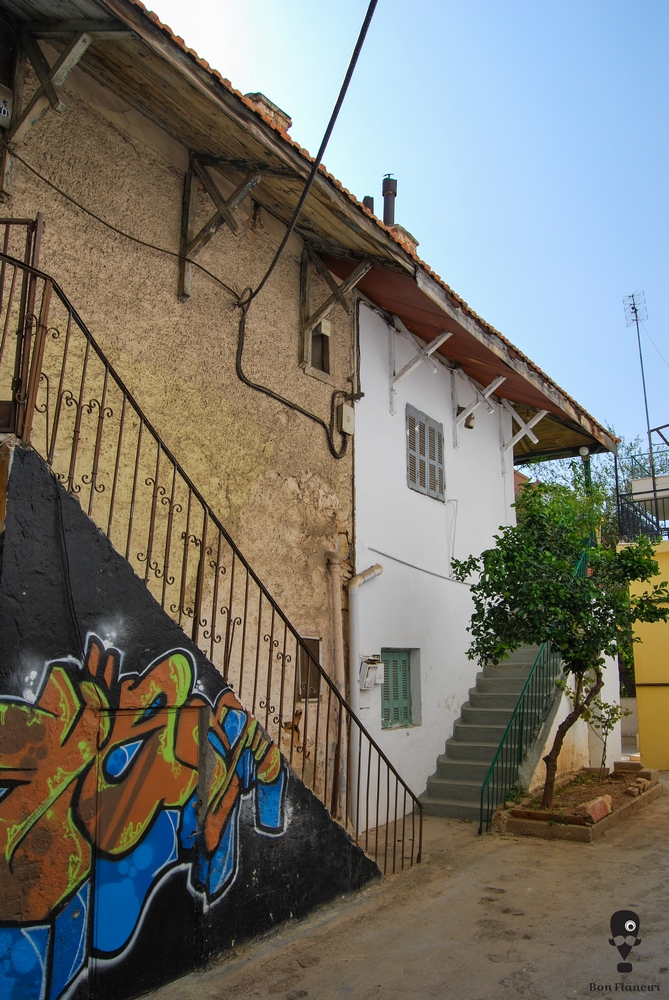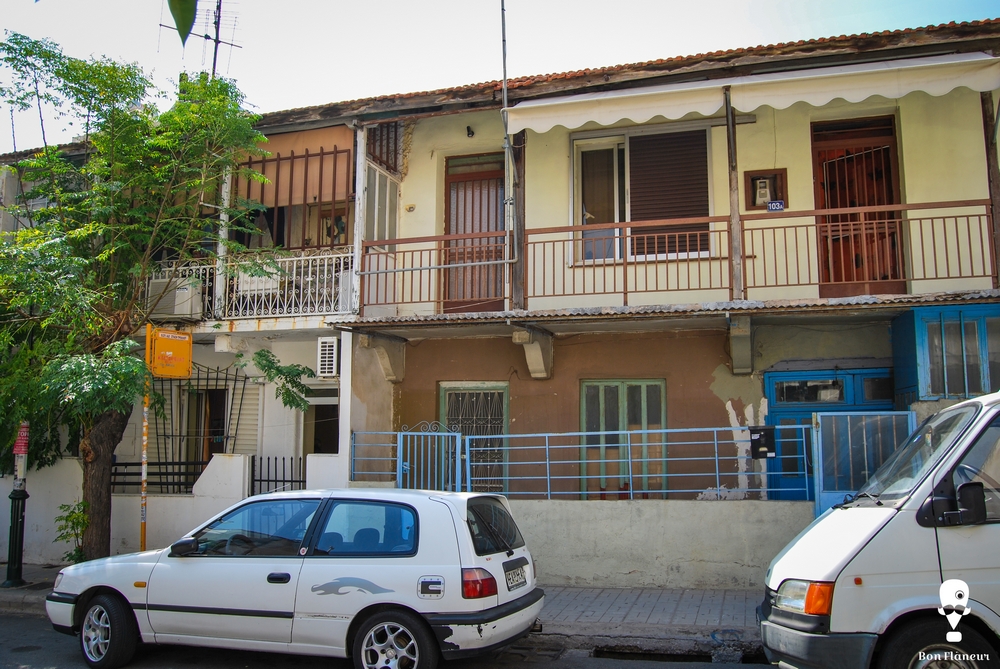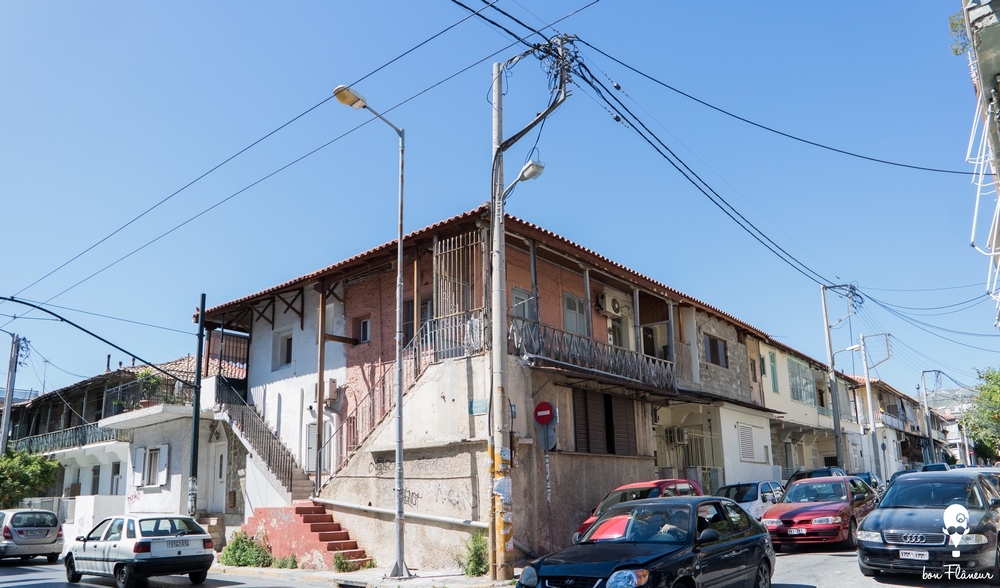Refugee Houses of Piraeus (Kokkinia- Nikea)
There are few original refugee houses of Piraeus that remind us of that time.

There are few original refugee houses of Piraeus that remind us of that time.
Home > Athens > Architecture > Greater Athens > Modern and Contemporary Architecture- Landscape Architecture > Refugee Houses of Piraeus (Kokkinia- Nikea)










During the first year of refugee flows from Asia Minor (1923), approximately 20% of Greece’s refugee housing was built in Piraeus. The aim was to reduce shacks, empty public buildings from refugees and gradually give the refugees the opportunity for decent living conditions. In the area of Nikea, and more specifically on both sides of Petrou Ralli Street and the surrounding streets, we see examples of the first houses, which take us back a century ago. They are small one- or two-storey buildings with one or two bedrooms, a toilet and a garden, which in many cases has been covered by house extensions. Similar houses, equally interesting, can be found in the Keratsini district and along the old railway lines of Piraeus.
At first, refugees lived in shacks with shared toilets and many of them died of hunger and diseases. The construction of houses was urgent, but not only for sanitary and practical reasons, but also for symbolic ones. Residence was considered the main means of integration into the Greek society, in a very hostile environment, where the locals and the pro-Royal/ anti-Venizelian press called them “orientals”, “yogurt-baptized”, “autides”, “Turkish seeds” and other names. Therefore, their houses were built on empty lands, around the then cities, in order to avoid this toxic coexistence. The refugee settlements of Piraeus attracted industrial units, which sought cheap labour. At the same time, the fact that out of a total of 77 construction contractors for refugee settlements, 34 were refugees, as were 5,488 out of a total of 5,900 workers, is interesting.
Giannakopoulos G., (2003), Η Ελλάδα με τους πρόσφυγες, [Greece with Refugees], in Ιστορία του Νέου Ελληνισμού, 1770- 2000, [History of modern Hellenism, 1770-2000] v.7, p.p. 89-100
Kardamitsi- Adami M., (2003), Αρχιτεκτονική, παλαιά ρεύματα και σύγχρονες λύσεις, [Architecture, old styles and contemporary solutions], in Ιστορία του Νέου Ελληνισμού, 1770- 2000, [History of modern Hellenism, 1770-2000] v.7, p.p. 211-234
Lianos Ν.Α., (2016), Η στεγαστική αποκατάσταση των προσφύγων, [Housing Rehabilitation of Refugees] in Ιστορία μιας πόλης, [The History of a city], part 3, p.p. 40-49, Lifo
Magklinis I., (2013), Η πρωτεύουσα των προσφύγων, [The capital of refugees], in Ιστορία μιας πόλης, [The History of a city], part 1, p.p. 21-27, Lifo
Mpelavilas N., (2021), Ιστορία της πόλης του Πειραιά, 19ος και 20ος αιώνας, [The History of the City of Piraeus, 19th and 20th centuries], Alexandria Publication
Share